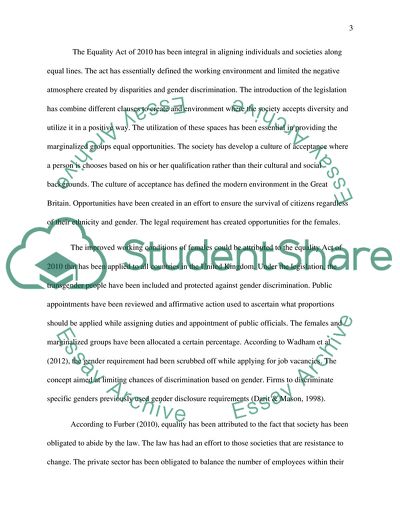Cite this document
(Analysis of Contextualizing Welfare Report Example | Topics and Well Written Essays - 1250 words, n.d.)
Analysis of Contextualizing Welfare Report Example | Topics and Well Written Essays - 1250 words. https://studentshare.org/social-science/1875900-contextualising-welfare-2
Analysis of Contextualizing Welfare Report Example | Topics and Well Written Essays - 1250 words. https://studentshare.org/social-science/1875900-contextualising-welfare-2
(Analysis of Contextualizing Welfare Report Example | Topics and Well Written Essays - 1250 Words)
Analysis of Contextualizing Welfare Report Example | Topics and Well Written Essays - 1250 Words. https://studentshare.org/social-science/1875900-contextualising-welfare-2.
Analysis of Contextualizing Welfare Report Example | Topics and Well Written Essays - 1250 Words. https://studentshare.org/social-science/1875900-contextualising-welfare-2.
“Analysis of Contextualizing Welfare Report Example | Topics and Well Written Essays - 1250 Words”. https://studentshare.org/social-science/1875900-contextualising-welfare-2.


